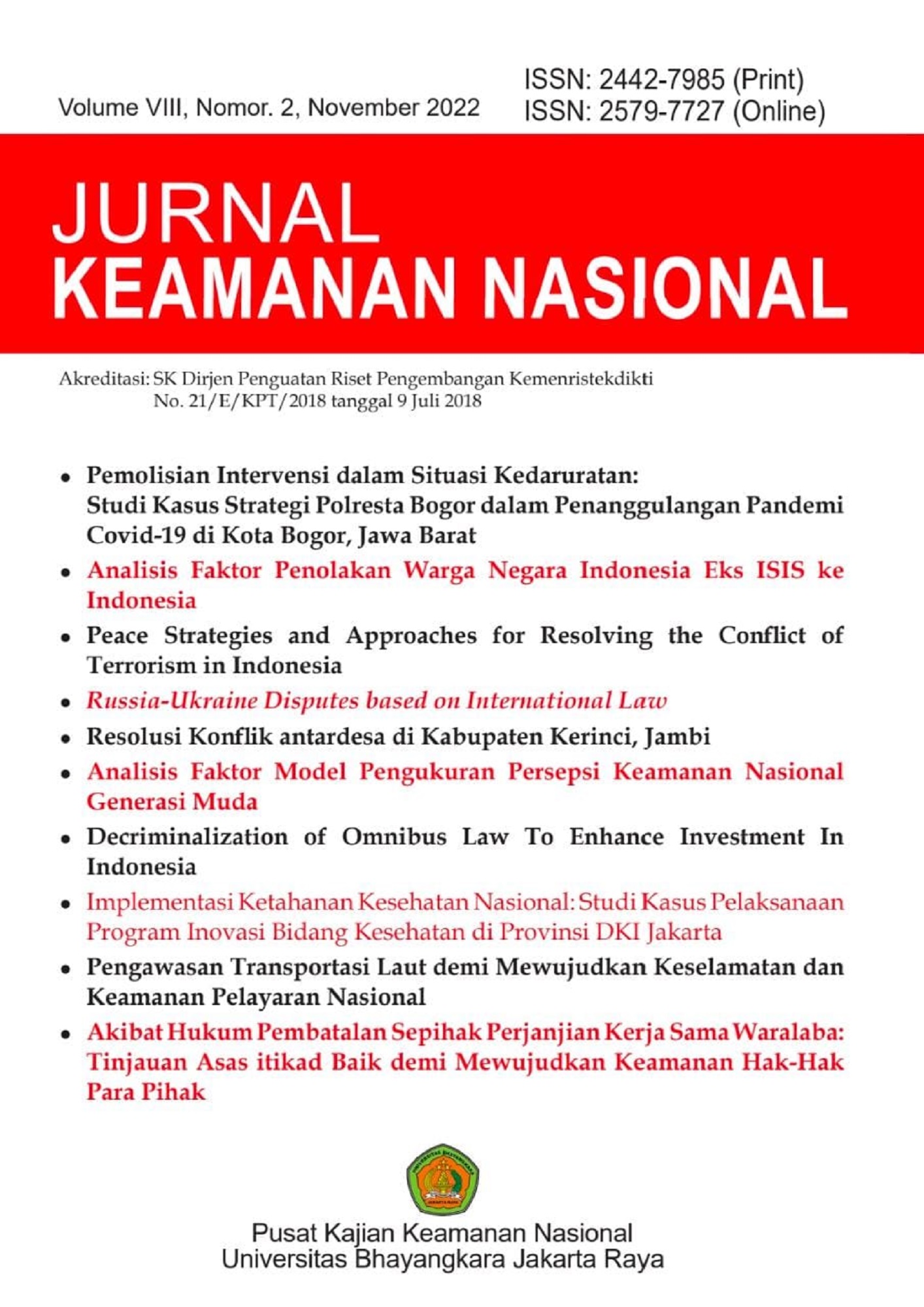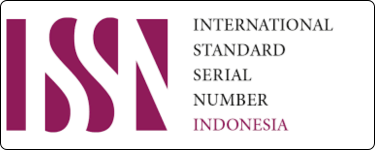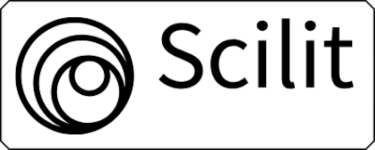Resolusi Konflik antardesa di Kabupaten Kerinci, Jambi Conflict Resolution between Villages in Kerinci Regency, Jambi
DOI:
https://doi.org/10.31599/jc9nms26Keywords:
Conflict Resolution; Conflict; Villages.Abstract
Research on conflict resolution has mainly focused on conflict resolution between nations, ethnicities, races, and regions. The study aims to explain the dynamics of conflict resolution between villages that often occur in Kerinci Regency. This study focuses on conflict resolution between villages of Pendung Talang Genting and Sleman. The study used a qualitative method with a phenomenological approach. The participants involved in the study were residents, village officials, and respected village elders. The results of the study revealed that conflict resolution was carried out through mediation, if a conflict cannot be resolved through mediation, legal action is then taken. Conflict resolution is also conducted using compensation and taking a softer line. Yet there are focus on the termination of conflict.
Downloads

Downloads
Published
Issue
Section
License
Please read and understand the copyright terms for submissions to this journal.
Copyright Notice
The Jurnal Keamanan Nasional is under the Creative Commons Attribution 4.0 International (CC-BY 4.0) License, according to which:
1) Authors retain copyright and grant the journal the right to first publication, with the work simultaneously licensed under the Creative Commons Attribution (CC-BY 4.0) that allows the sharing of articles published with the acknowledgement of authorship and the initial publication in this journal.
2) The authors are authorized to make additional contracts separately for distribution of the version of the work published in this journal (for example, publication in an institutional repository or as a chapter of the book), as long as there is recognition of authorship and initial publication in this journal.
3) Authors are authorized and encouraged to publish and distribute their work online (for example, in institutional repositories or on their personal pages) at any time before or during the editorial process, as it increases the impact and reference of the published work.












